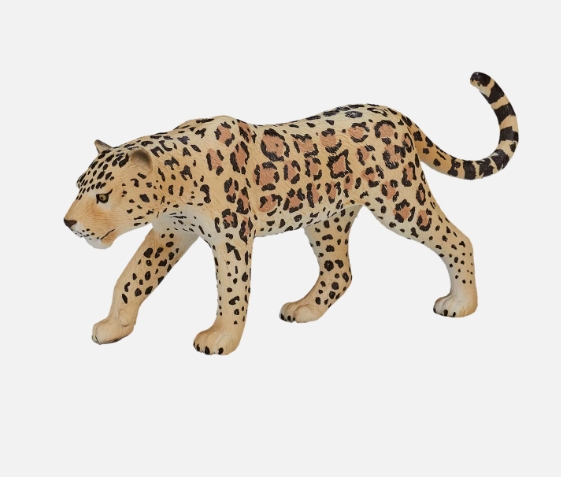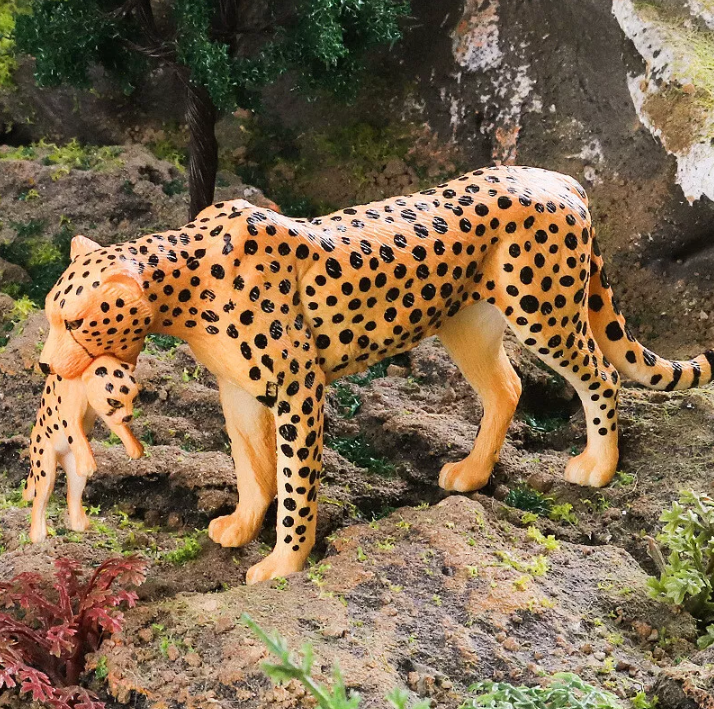The leopard (Panthera pardus) is a large cat that is widely distributed in Africa and Asia and is known for its excellent hunting ability and secretive lifestyle. Research on leopard models focuses on their behavioral ecology, genetic diversity, and habitat conservation.
Leopards are extremely adaptable and can survive in different habitats, including forests, grasslands and mountains. By studying the hunting behavior of leopards, scientists can better understand their role in the food chain and the importance of ecological balance. Leopards are powerful predators, and their hunting strategies are often influenced by the species and habitat of their prey.
In genetics, leopard models help researchers understand the maintenance and adaptive evolution of species diversity. Modern techniques, such as genome sequencing, have been applied to parse the leopard's genetic structure, which is crucial for conservation efforts.
In addition, as human activities increase, leopard populations face threats such as habitat destruction and human-animal conflict. By simulating the effects of different management strategies, the leopard model provides a scientific basis for developing effective conservation measures. Research shows that protecting the leopard's habitat not only contributes to its own survival, but is also crucial to maintaining the health of the entire ecosystem.




